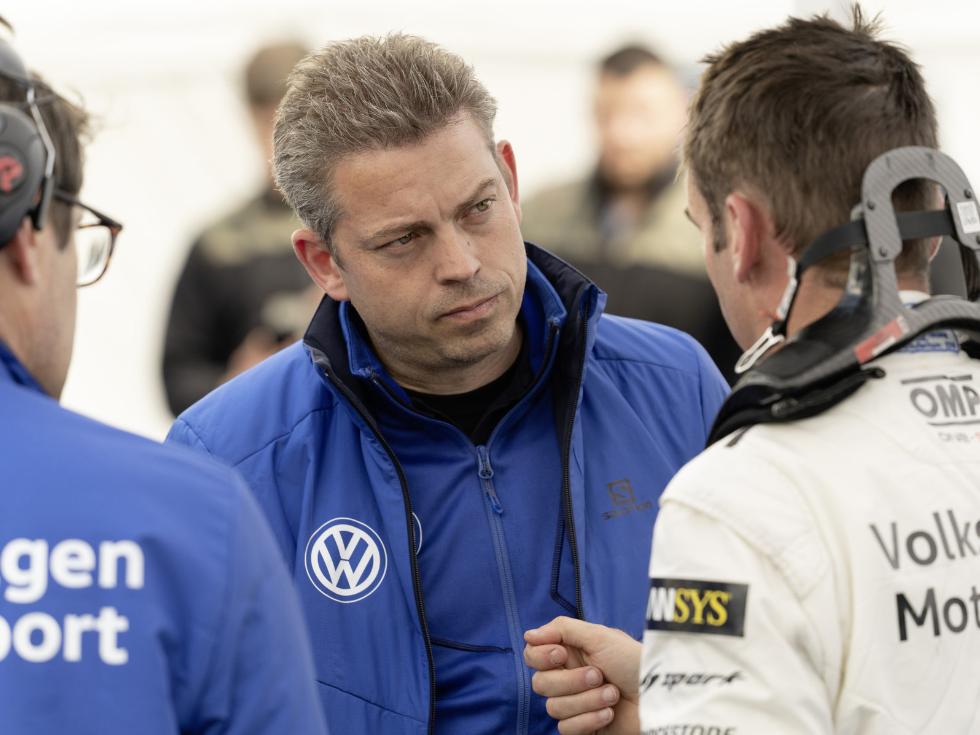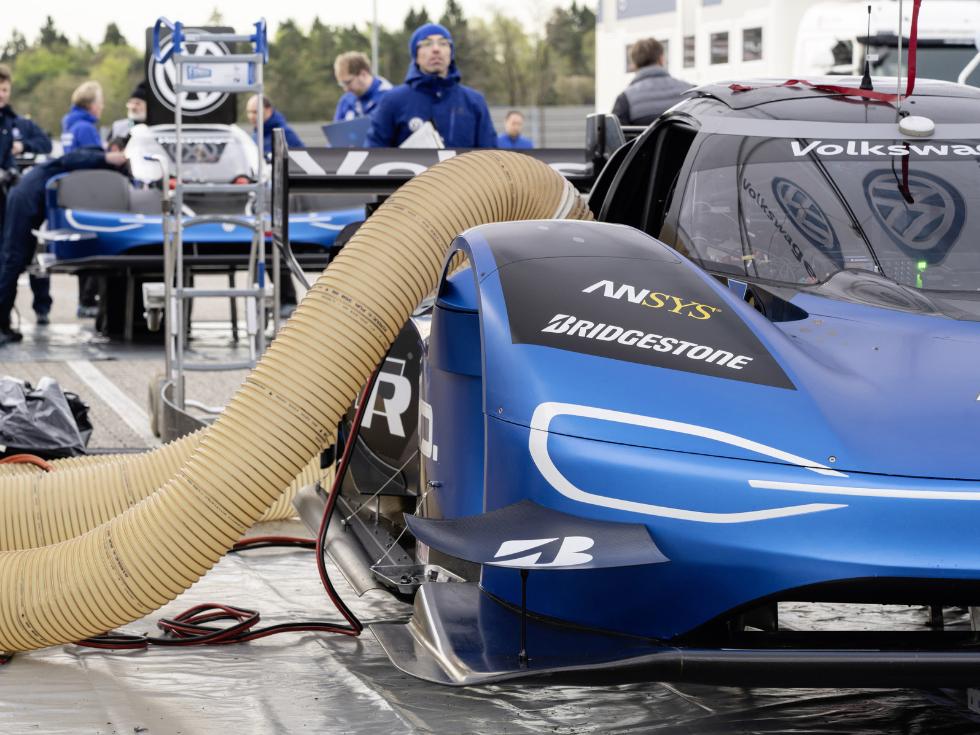The ID.R at the Nürburgring: behind the scenes of a record lap
Volkswagen’s 100% electric race car set a new record at the Nürburgring – the legendary German race track. Here’s how.

“To drive a whole lap of the Nürburgring-Nordschleife with full performance is a huge challenge for electric drive. Therefore, optimal charging before the lap, along with the recuperation when driving, are of crucial importance”, says François-Xavier Demaison, Technical Director of Volkswagen Motorsport.
The car we are talking about is the Volkswagen ID.R, the 100% electric prototype that, after setting the absolute record at Pikes Peak last year, has just achieved the fastest lap time for an electric vehicle at the Nürburgring with a time of 6 minutes 5.336 seconds. Marc-Christian Bertram, Head of Electrics and Electronics at Volkswagen Motorsport, continues: “The ID.R’s battery has a particularly high power density. It is not maximum range that is required, but rather the highest possible power output”.
A record-setting battery
The battery in the ID.R was designed by the research department at Volkswagen, which used its know-how to ensure that the on-board electronics are sufficiently shielded from the electromagnetic emissions of the high-voltage system. As a matter of fact, the electric motor operates at 915 volts. The battery consists of 8 modules with56 lithium-ion cells each, divided into two blocks located to the right of the driver and behind the monocoque.
During the record attempt, it was essential for these cells to be at the optimum state of charge. Two 90 kW fast-charging systems were used in the paddock, ensuring that the heat generation remained low, even though the batteries are completely charged within only about 20 minutes.
The importance of temperature and efficiency

The ID.R is equipped with a regenerative braking system that generates around 10% of the required energy to complete the lap. The most complicated part of the energy management during the record attempt on the Nürburgring concerned the long straight section, where full power was required for an entire minute and the battery had not to overheat, with only air-cooling available.
When recharging, the battery pack is cooled by an internal system to keep it constantly at around 30 °C – the best temperature for maximum performance. For this reason, the battery is preheated before setting off. The electricity used to power the ID.R on its record-setting lap was produced by an innovative power generator that burns glycerine (or glycerol), obtained as a waste product in the production of bio-Diesel, for example. As a fuel, glycerol burns almost pollutant-free and almost carbon neutral.
Source: Volkswagen
